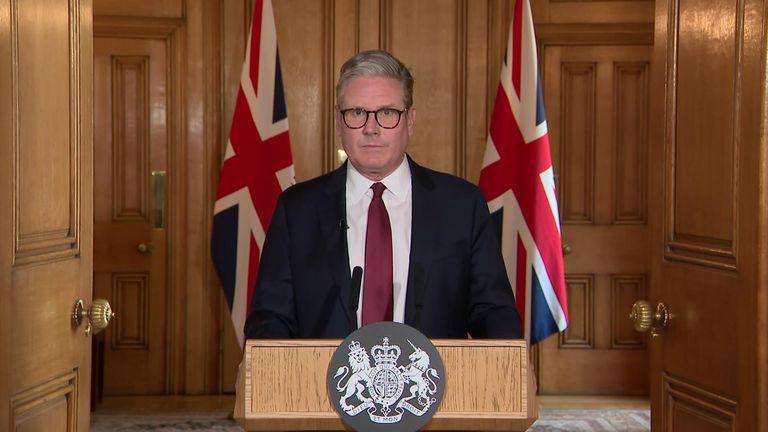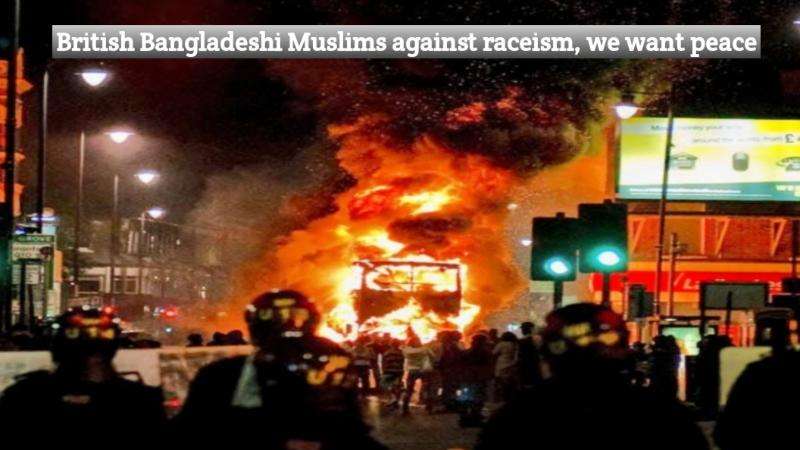In Bangladesh, a severe crisis has unfolded, resembling a wartime situation. Despite numerous deaths of unarmed students during peaceful demonstrations, the Hasina administration continues to cling to power, employing tactics akin to those seen in conflict zones like Kashmir and Palestine.
Journalist Shafik Rehman, who was arrested in Dhaka on suspicion of sedition and is now in UK on bail, in a recent video interview, urged Bangladeshi students to utilize their digital skills and fight back through technology, citing examples such as the hacking of Bangladesh Bank websites. This cyber activism has further strained the country's already fragile economy. Despite students being confined to their homes, the government, led by Home Minister Asaduzzaman Khan Kamal, has continued arresting and disappearing students, vowing to persist until all "perpetrators" are apprehended. The administration blames third-party influences for destabilizing the country, not the students.
Prime Minister Sheikh Hasina has issued a controversial executive order banning the political activities of Jamaat-e-Islami and its student wing, Shibir. This order, pending a decision from Bangladesh's highest court, raises concerns about the government's disregard for judicial processes, a cornerstone of democracy.
Critics argue that Hasina's actions aim to dismantle democratic institutions to benefit neighboring India. During a recent visit to India, Hasina signed several agreements, including the Teesta Barrage project, the use of Mongla Port, an arms factory in Chittagong, maritime trade agreements, and security transit arrangements. These agreements, allegedly made without public knowledge, have stirred controversy and speculation about Hasina’s balancing act between India and China, especially after cutting short a visit to China, potentially upsetting the Chinese government.
In response to the students' unrest, the Hasina administration has revived the Rajakar issue, a tactic used throughout her regime. This has intensified emotional outcry among students, leading to a curfew after six students were killed by police during protests. The administration justified the curfew by citing damage to the Metro Rail project and government-owned Bangladesh Television. Communication channels, including the internet and cell networks, were blocked, and the Bangladesh Border Guard and armed forces were deployed with orders to "shoot on sight."
Amid the curfew and communication blackout, the Hasina administration initiated a widespread crackdown, resulting in the arrest and disappearance of at least 10,000 students. According to The Daily Prothom Alo, over 80% of the detainees are students. The administration frames the situation as a third-party effort to destabilize the nation, but questions remain about the true motivations behind the student killings.
The events evoke memories of the 1971 Independence War, particularly the massacre of intellectuals on December 14, now commemorated as Intellectual Martyr Day. The current killings of students, protesting against a job quota system perceived as a ploy to consolidate Hasina's power, suggest deeper underlying motives.
The crisis recalls the 2009 Bangladesh Rifles (BDR) mutiny, where 57 army officers were killed, an event believed by some to have been orchestrated by Indian intelligence to secure Hasina's power. The brutal crackdown on students protesting the job quota reveals missing links that suggest more complex, undisclosed reasons for the government's extreme actions.
--
Avik Sanwar Rahman, Executive Editor, The Bay Wave, New York

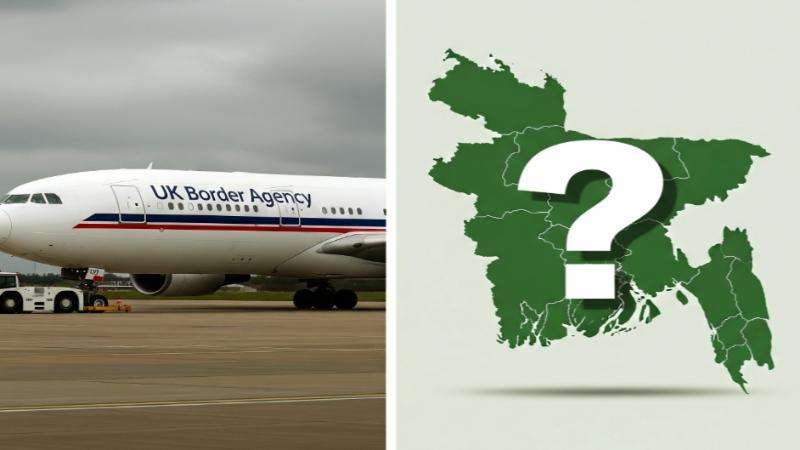
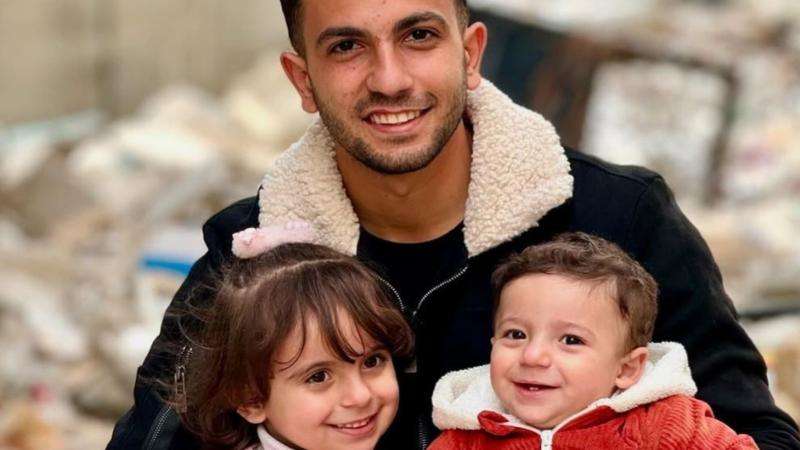




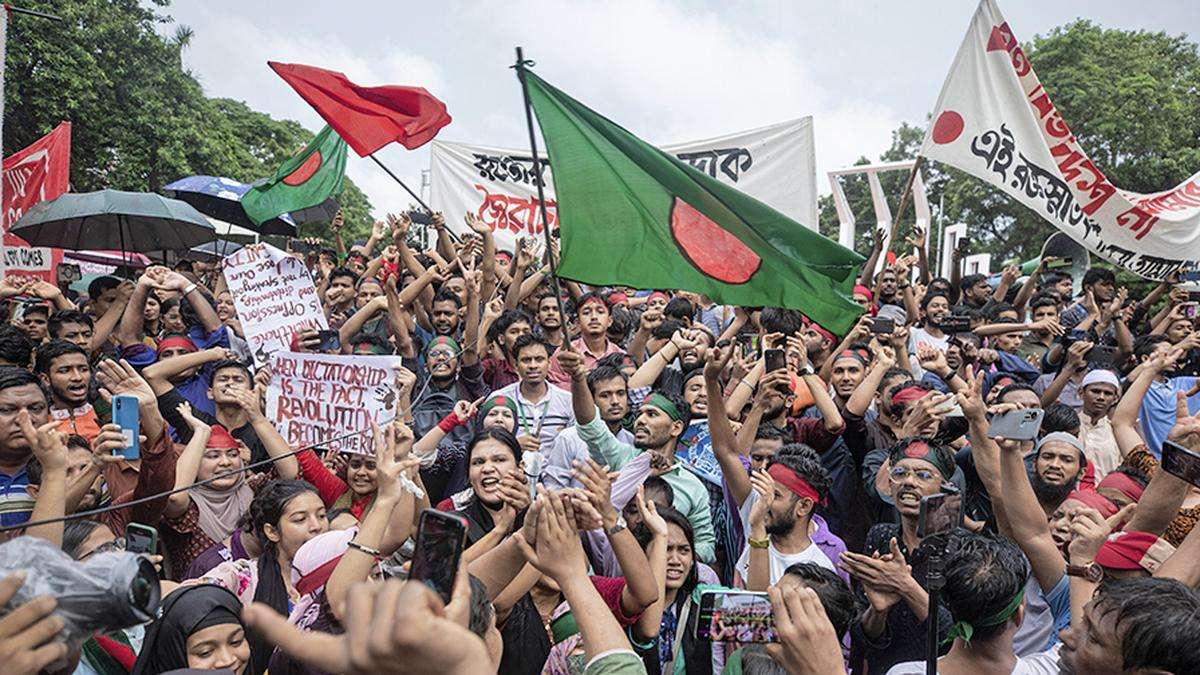
.svg)

